How to Make an Irresistible Offer?
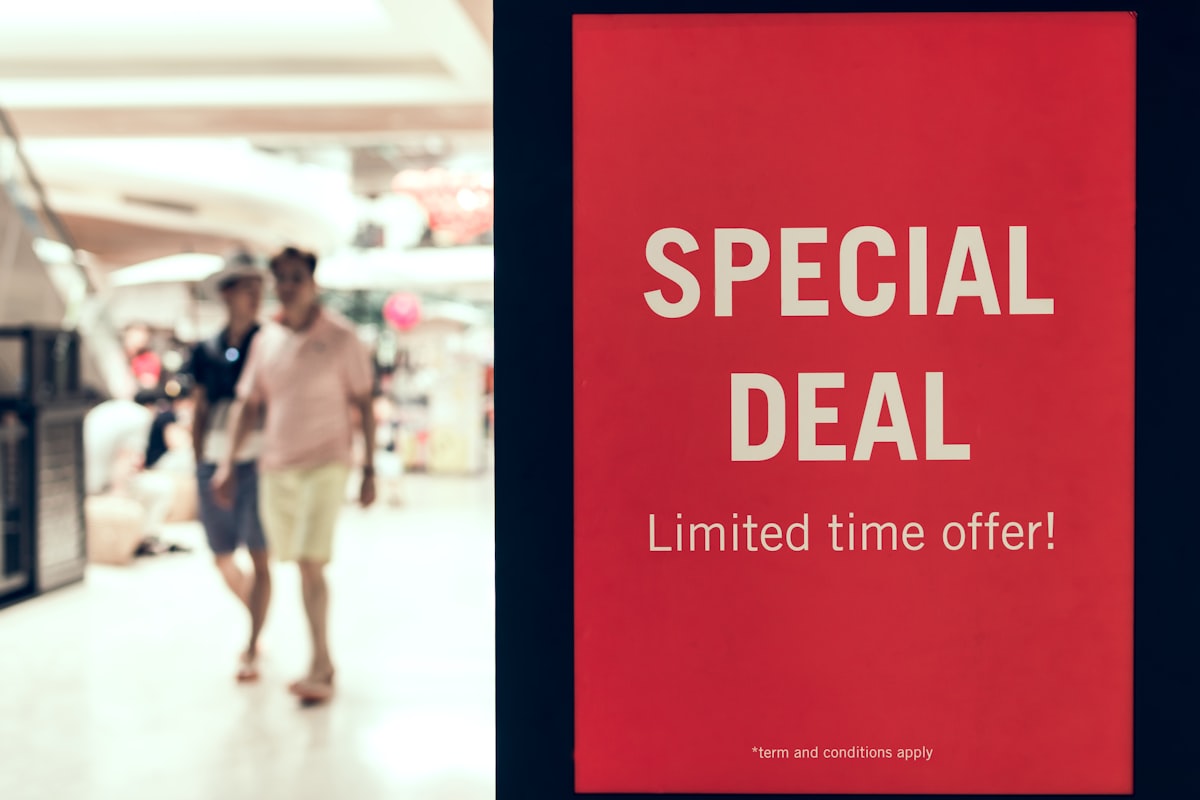
Many believe they need a unique product to create an unbeatable offer for the buyer. But it is not so. A product can be truly unique, helpful, and perfect, but this does not give a 100% guarantee that customers will buy it. Why? Because during the sale, the determining factor is not the product itself but its value, necessity, and profitability for the client. So the key to successful sales is focusing on the customer's needs rather than your product.
So let's find out how to make an irresistible offer for your customers.
What is an Irresistible Offer?
As the name suggests, this is the kind of marketing offer that one can't refuse, an offer where it's harder to say no than yes.
The essence of the technique is to construct the offer so that the potential buyer feels that they will lose much more if they do not take up your offer. The ultimate offer is to make customers think they are getting the most value for their dollar.
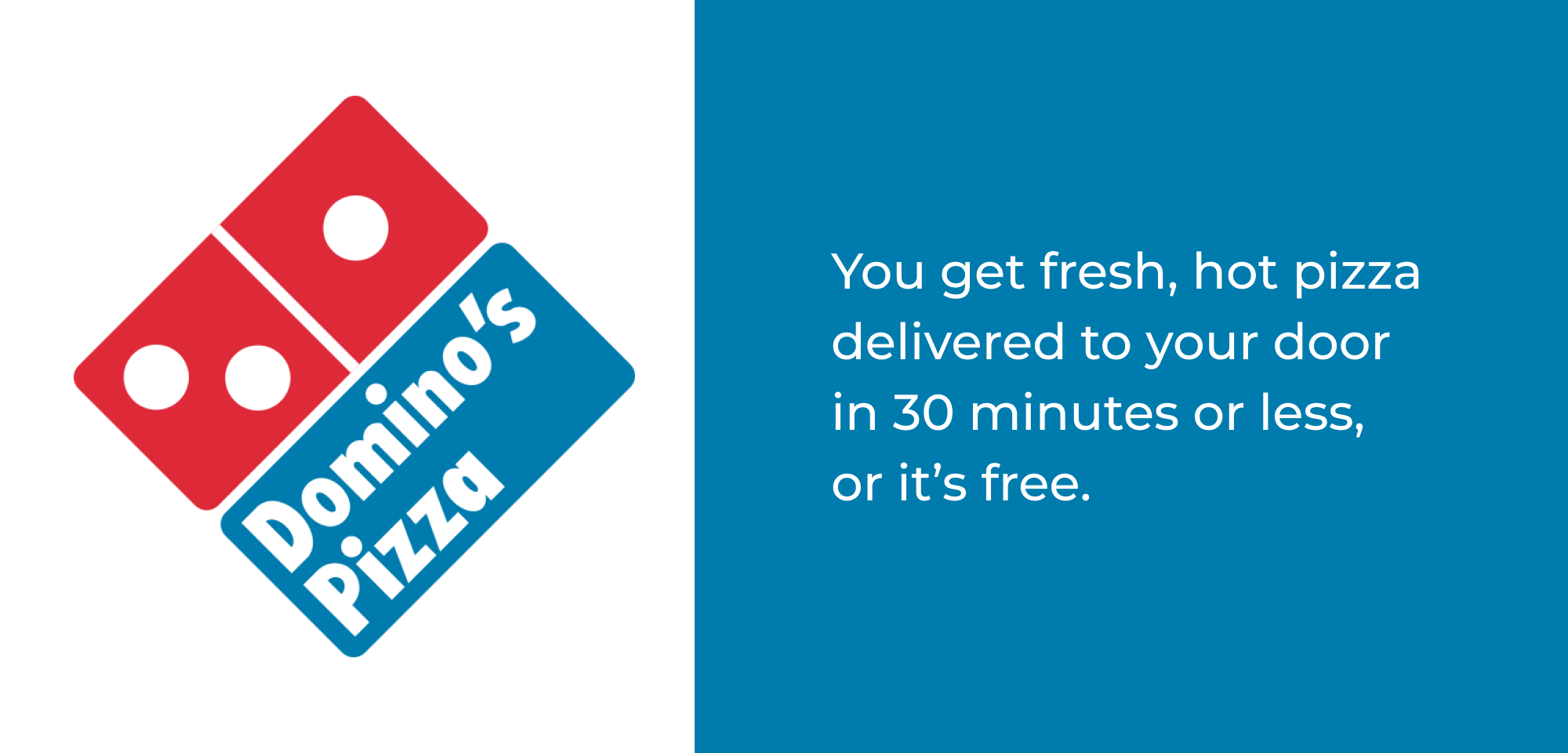
For a classic example of a "no-fail offer," one of Domino's Pizza's slogans mentioned: "Fresh Hot Pizza Delivered To You In 30 Minutes or Less, Or It's Free." This model brought more than a billion dollars to its creator and made Domino's Pizza the market leader of its time - after all, the taste of pizza from all companies is +/- the same, and if you are hungry, it makes sense to call Domino's because you would get a pizza with a guarantee of timely delivery, or even for free. In any case, the client remains a winner! It works like "can't opt-out."
The Secret of an Irresistible Offer
It is in psychology. The main thing is to put the client in the center of your attention. You need to understand what your client wants and needs. And once you know that, you can create an offer that's too good for the customer to pass.
It is also important to remember that people do not make decisions based on facts. First, we react to something, make an instant decision (respond) based on our emotions, and only then use logic to support and justify these decisions (or doubt them).
It has been scientifically proven that people first feel and then think. In one-fifth of the time it takes our cognitive brain to process the same information, the emotional brain processes sensory information.
That is why, when creating an Irresistible Offer, it is essential to evoke the emotions we need in the client, which will direct them to the right (for you) way of purchasing the product.
So How Exactly One Creates an Irresistible Offer?
There are many different strategies, techniques, and methods for this. Here are a few of them:
Make the customer feel like they got more than they paid for

Any purchase is an investment, so if the customer does not receive from you what they think is worth more than what they invested, they have an unpleasant feeling. So your cooperation will only last for a while.
What to do: There is no need to invent gimmicks that will help increase sales - offer a genuinely worthy product. And if it turns out to be good but not better than others, add a service, an exciting feature, a bonus, "coffee cookies," something that will make the buyer feel that they are making a good deal.
Try the "deal stack" - a good deal stacked on top of another good deal
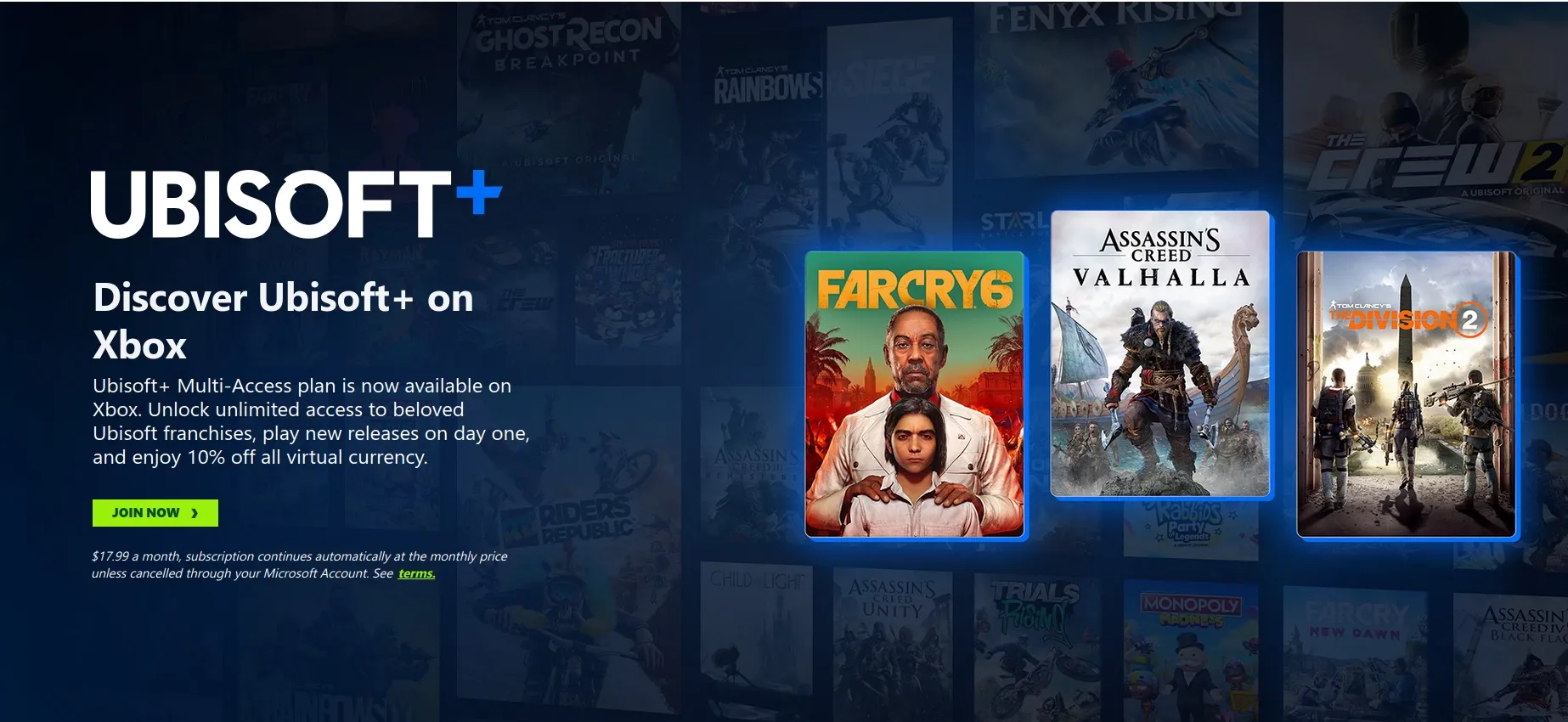
Combine your products, create kits, bundles of products - this is a great way to increase your offer's value and sales. Remember, people want more value for their dollar. If a customer can, for example, get five products for the price of three, that can be an irresistible offer.
Urgency and simplicity
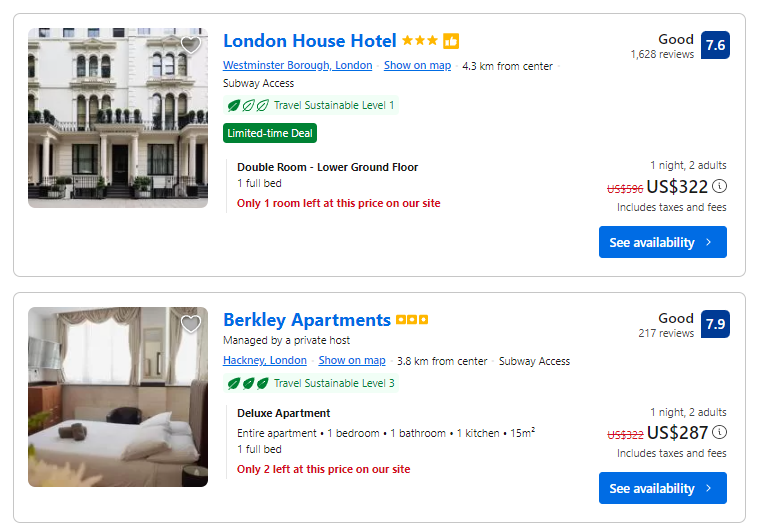
"This offer is for those who respond within 48 hours," - the buyer will read, and they will get the feeling that they may not get something in time. Often this becomes one of the incentives to buy something without thinking for a long time.
No one wants to feel stupid, so ordering from you should be easy and affordable. No one will return to you if you are challenging to work with. It should be effortless to place an order with you - no overly complex wording, extensive questionnaires, tricky questions, multi-level registrations, etc. Asking you a question or consulting should be elementary - without procrastination, avoidance of answers, and incompetence. A large selection of available chatbots is here to help you.
Provide a feeling of no risk
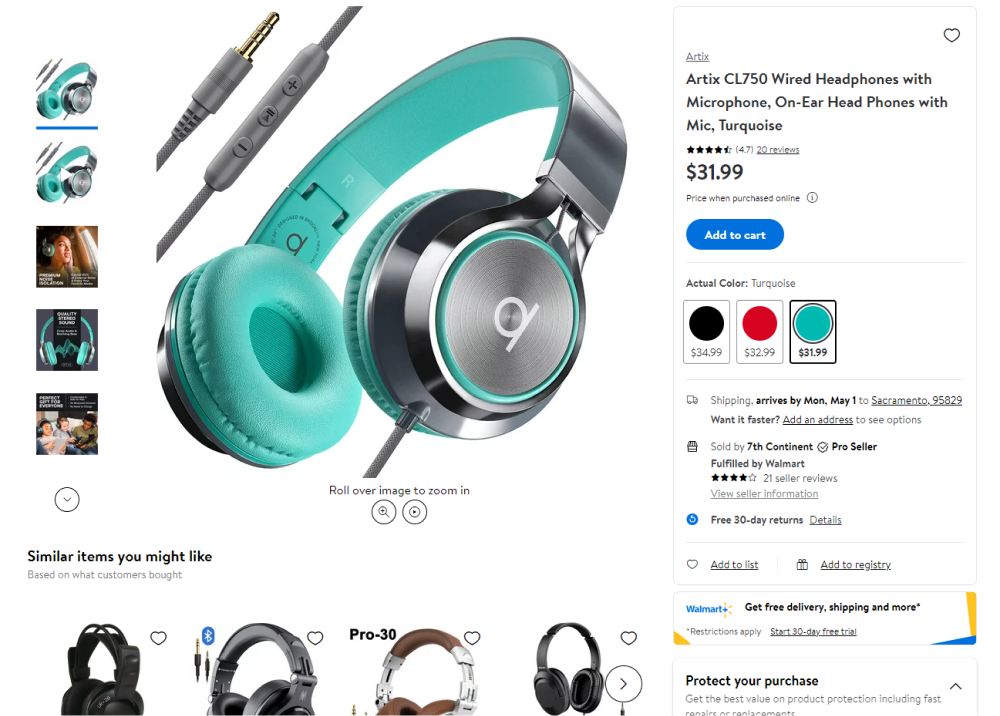
Fear of risk, as a rule, becomes an insurmountable obstacle before making any deal. Give customers a chance to get rid of it. Offer them certain guarantees they will not lose: for example, the possibility of a refund or replacement of the product if the customer is unsatisfied. First, only some people will ask for a refund. Secondly, the money spent will pay off thanks to their trust in you, and thirdly, the customer is likely to be satisfied because your product is truly great, right? 😊
One of the techniques here can be partial payments for a product/service the client is already using. Usually, people prefer to make small payments at a time. Always provide payment plan options to reduce buyer resistance and make it easier for them to say yes. For example, a bi-weekly or monthly payment plan, depending on the product. And to those who pay immediately, try to offer a nice bonus.
Don't forget the "Foot in the Door" technique

This well-known accountability technique shows that we like to comply with larger requests if we agree to a more minor one first. From a marketing perspective, if you ask for a favor and get a yes from the customer, you open the door for a bigger (and more expensive) yes.
Offer something small that your customer will find valuable, such as a free (or low-cost) e-book, free samples, or a trial subscription. The customer will feel like you've already given them something of value, so they're more likely to reciprocate with more extensive inquiries in the future. But be careful to send a second, larger request later. A negative example is offering a free e-book today and an expensive course the next day.
Intentionally generate positive emotions
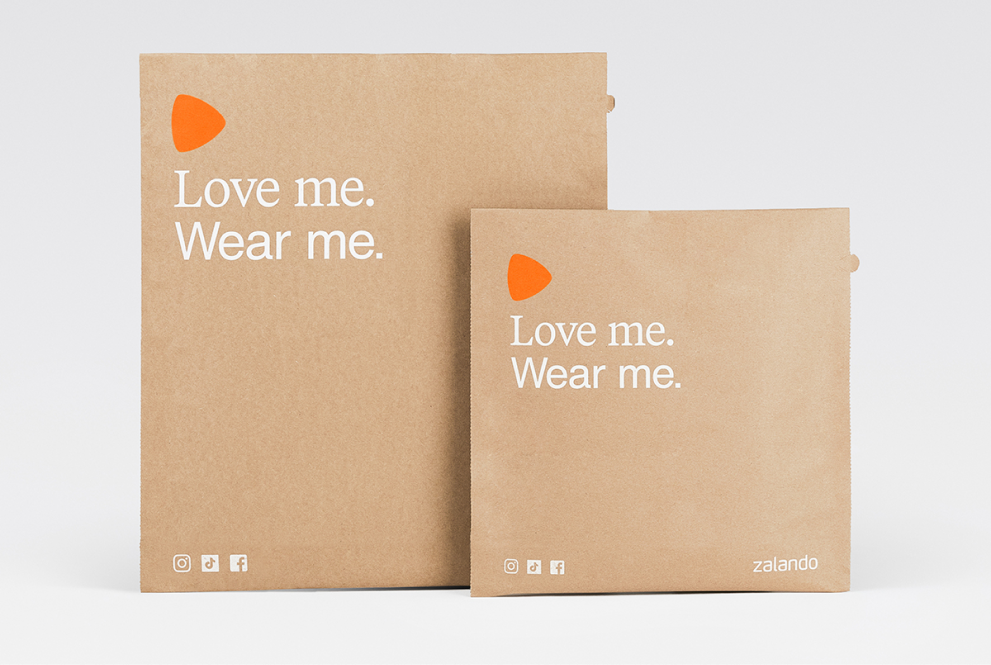
Remember: happiness encourages generosity. A satisfied customer parts with the money more calmly. Joy and positive emotions are essential. So show customers satisfaction, paint a happy picture for them, that this is precisely the positive emotion they will feel when they use your brand/product - and they will buy it.
To create a compelling offer, you need to understand a few things. You should know your customer from the beginning. You also need specific knowledge about the business environment and your niche. And, of course, you need to know your competitors. The better you know these three things, the more likely you are to create an offering that sizzles and is irresistible to the masses.
People will pay more for the same thing "packaged" differently
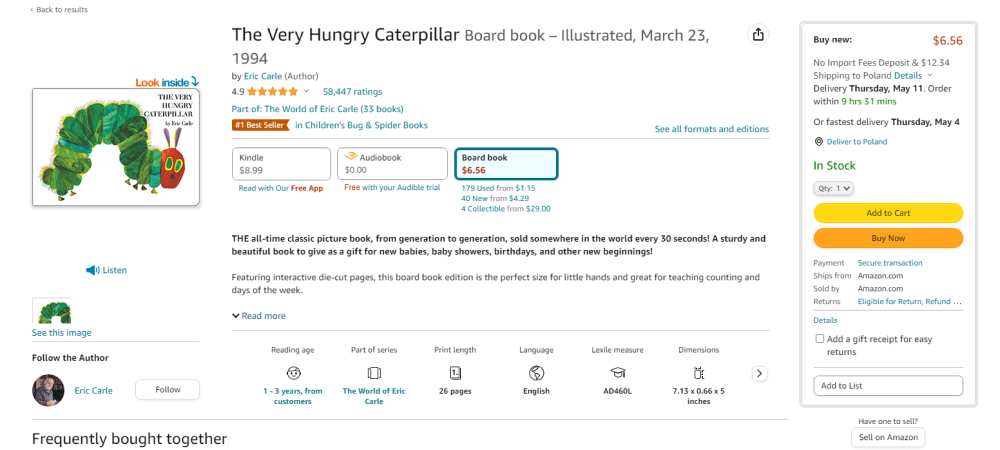
Here's what happens all too often: we, as product creators, get too caught up in its uniqueness. But customers see our product in different ways and will also consume it in different ways - in a way that is more convenient for them
A classic example with a book is appropriate here: a hardcover book is likely to interest few customers. But: they will pay more for the same content delivered in different ways. After all, some people will never sit down to read a printed book but would happily read its digital version. Some would be more comfortable listening to it in the audio version. Some would like to have a paperback book so that it is convenient to carry around so they can follow the text and illustrations while listening to the audio version. And some people do not perceive audio information, so it would be better to watch a video. As an option, you can come up with an extended "deluxe" version, which would include various versions of the book, as well as specific "bonuses" - the author's autograph, the author's explanation of thoughts and metaphors, comics, thematic coloring for children, toys and much more.
So, for essentially the same material, made in different ways, customers will be happy to pay more, having chosen the desired option for themselves. Your task is only to understand what customers want and be more creative about it.
Conclusion
You will never create an Irresistible Offer if you do not know your customers z your potential audience. It should be carefully studied, asking: "Who is interested in my product? What exactly do my customers want? Why do they need my product, and how can it make their life easier?"
Identify your customers' problems when trying to find a key to their problem. Create a list of solutions: What can your company provide to customers not already available in the market?
Remember, most people will only buy when they see that the perceived value of the product or service exceeds the cost.
And then - ask yourself: what will customers need next? Brainstorm with your colleagues and jot down any ideas you might need. Because later, getting to know your customers better, you can pleasantly surprise them by offering what they need. Believe me; they will remember such a prudent seller.
Instead of offering a discount (thus subconsciously devaluing your product for the customer), raise the price and create more value for the customer. Create useful, convenient, simple, exclusive offers that will leave the client with positive emotions and the impression that they bought more than they paid for - and such a client will come to you again and, quite possibly, bring a friend with them. 😉